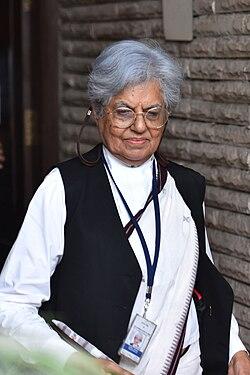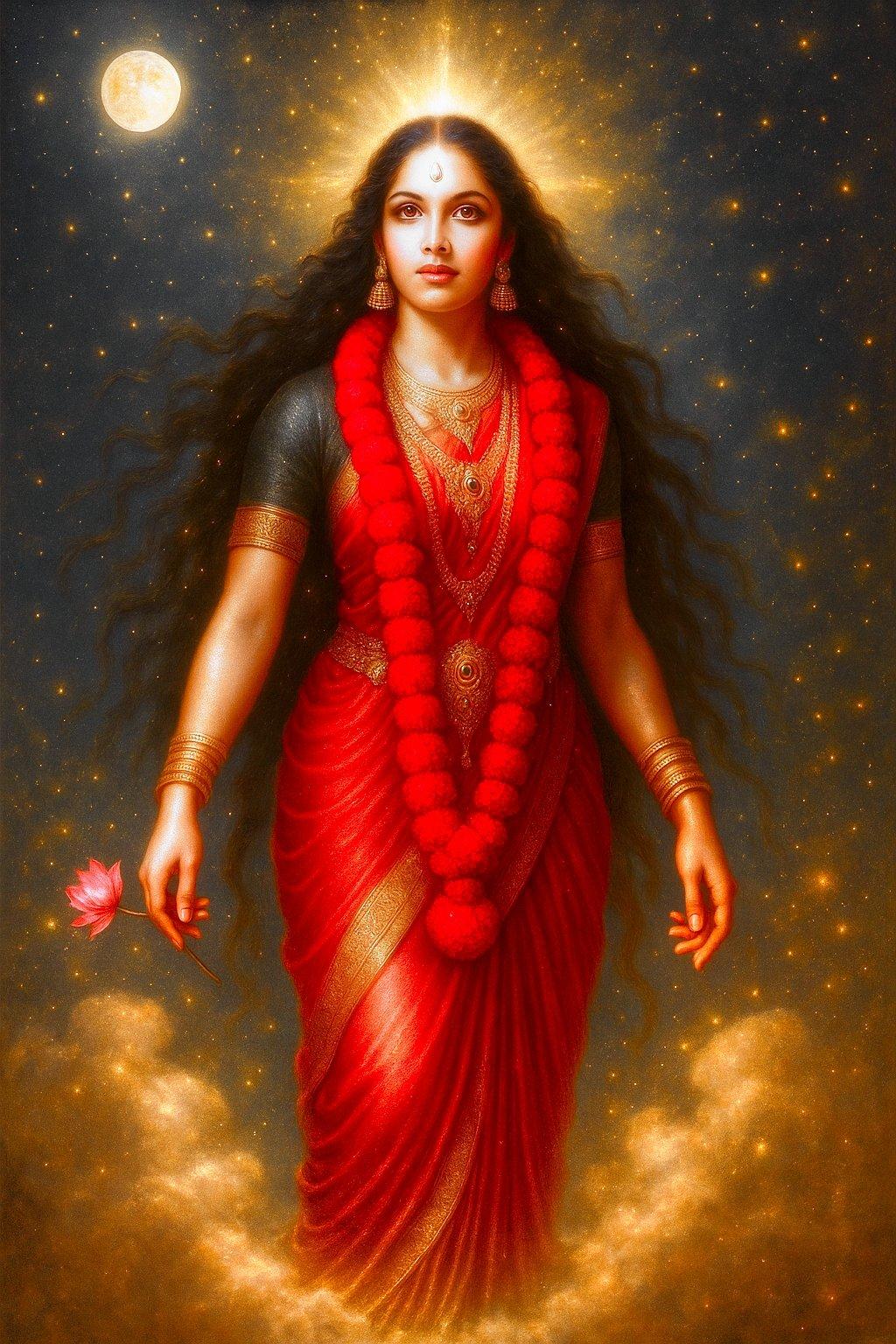Shakti's Play: Seeing Your Life as the Divine Mother's Dance
In the quiet theater of your life, you have always believed yourself to be the actor, making choices, striving, failing, and succeeding. You feel the weight of responsibility and the pride of achievement. This sense of "I am the doer" is the most intimate and persistent story we tell ourselves.
But the Tripura Rahasya offers a radical and liberating secret, it is all an illusion.
Consider this, your heart beats without your command. Your wounds heal without your consent. Thoughts arise unbidden from the depths of consciousness, and the complex intelligence of your body operates a magnificent biological machinery entirely beyond your conscious control. Who is truly running the show?
The truth is, the body and mind are exquisite, natural instruments. They are the flute, and life is the music that flows through them. The great error is that the flute believes it is creating the song.
Where is Devi in this?
The Divine Mother, Devi, is the Musician. She is the one divine breath flowing through every instrument. She is the supreme Shakti, the very energy of thought, the force of action, the pulse of life itself. Your sense of being a separate "doer" is merely a tiny, reflected spark of Her immense, cosmic will.
To believe you are the sole author of your actions is to mistake a wave upon the ocean for being separate from the sea. It is the wave claiming, "I am rising!" while the entire ocean is the force of its being.
The Practical Grace:
This is not a call to passivity, but to profound freedom. The practice is to perform your duties with excellence, but to inwardly offer every action, and its result, to Her.
When you work, work as if your hands are Her instruments. When you love, love as if your heart is a channel for Her compassion. When you fall, understand that even the stumble is part of the dance She is choreographing for your ultimate awakening.
In this surrender, the crushing weight of personal ownership lifts. Anxiety about the future and regret over the past lose their grip. You begin to flow with life, not as a frantic actor, but as a witness to a divine performance, discovering an unshakable peace that exists beyond success and failure.
You are not the dancer, you are the dance itself, and the dance is Devi.
Jai Maa Lalita Parabhattarika 🙏🏽
#parabhattarika #devi #kurukulla #shakti #tantra #scrolllinkShakti's Play: Seeing Your Life as the Divine Mother's Dance
In the quiet theater of your life, you have always believed yourself to be the actor, making choices, striving, failing, and succeeding. You feel the weight of responsibility and the pride of achievement. This sense of "I am the doer" is the most intimate and persistent story we tell ourselves.
But the Tripura Rahasya offers a radical and liberating secret, it is all an illusion.
Consider this, your heart beats without your command. Your wounds heal without your consent. Thoughts arise unbidden from the depths of consciousness, and the complex intelligence of your body operates a magnificent biological machinery entirely beyond your conscious control. Who is truly running the show?
The truth is, the body and mind are exquisite, natural instruments. They are the flute, and life is the music that flows through them. The great error is that the flute believes it is creating the song.
Where is Devi in this?
The Divine Mother, Devi, is the Musician. She is the one divine breath flowing through every instrument. She is the supreme Shakti, the very energy of thought, the force of action, the pulse of life itself. Your sense of being a separate "doer" is merely a tiny, reflected spark of Her immense, cosmic will.
To believe you are the sole author of your actions is to mistake a wave upon the ocean for being separate from the sea. It is the wave claiming, "I am rising!" while the entire ocean is the force of its being.
The Practical Grace:
This is not a call to passivity, but to profound freedom. The practice is to perform your duties with excellence, but to inwardly offer every action, and its result, to Her.
When you work, work as if your hands are Her instruments. When you love, love as if your heart is a channel for Her compassion. When you fall, understand that even the stumble is part of the dance She is choreographing for your ultimate awakening.
In this surrender, the crushing weight of personal ownership lifts. Anxiety about the future and regret over the past lose their grip. You begin to flow with life, not as a frantic actor, but as a witness to a divine performance, discovering an unshakable peace that exists beyond success and failure.
You are not the dancer, you are the dance itself, and the dance is Devi.
Jai Maa Lalita Parabhattarika 🙏🏽✨
#parabhattarika #devi #kurukulla #shakti #tantra #scrolllink













